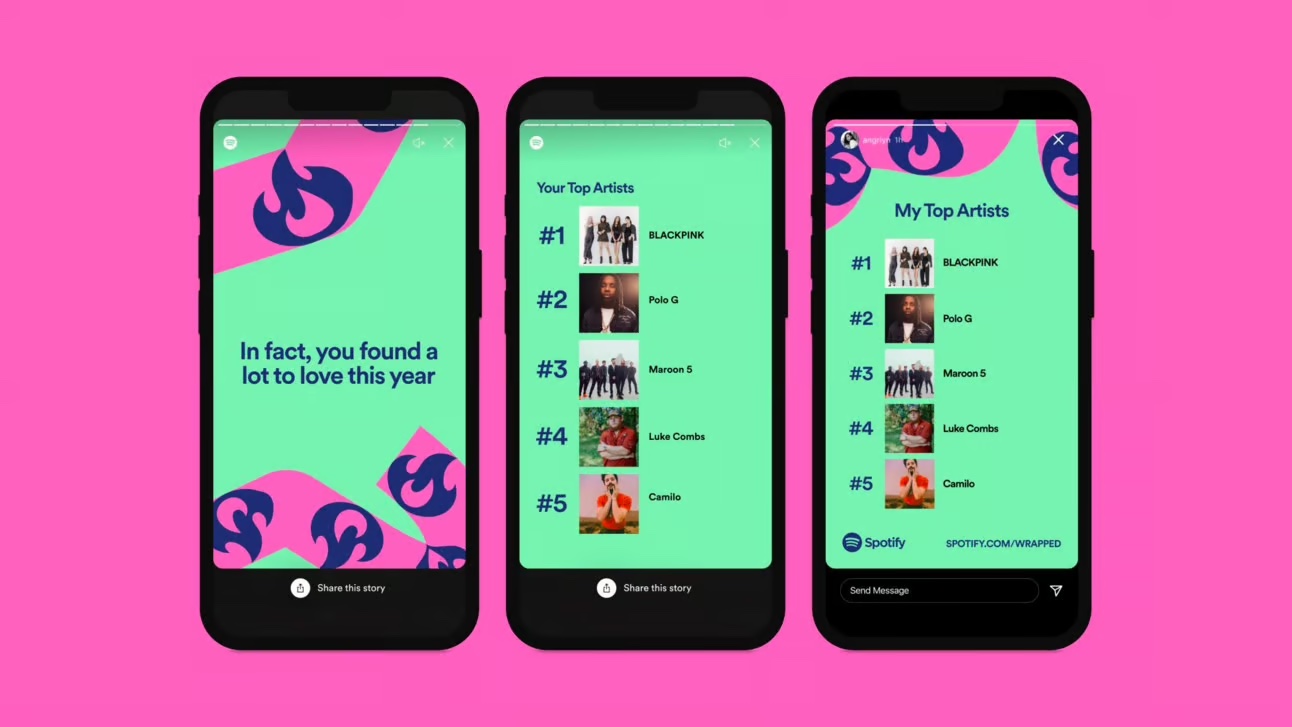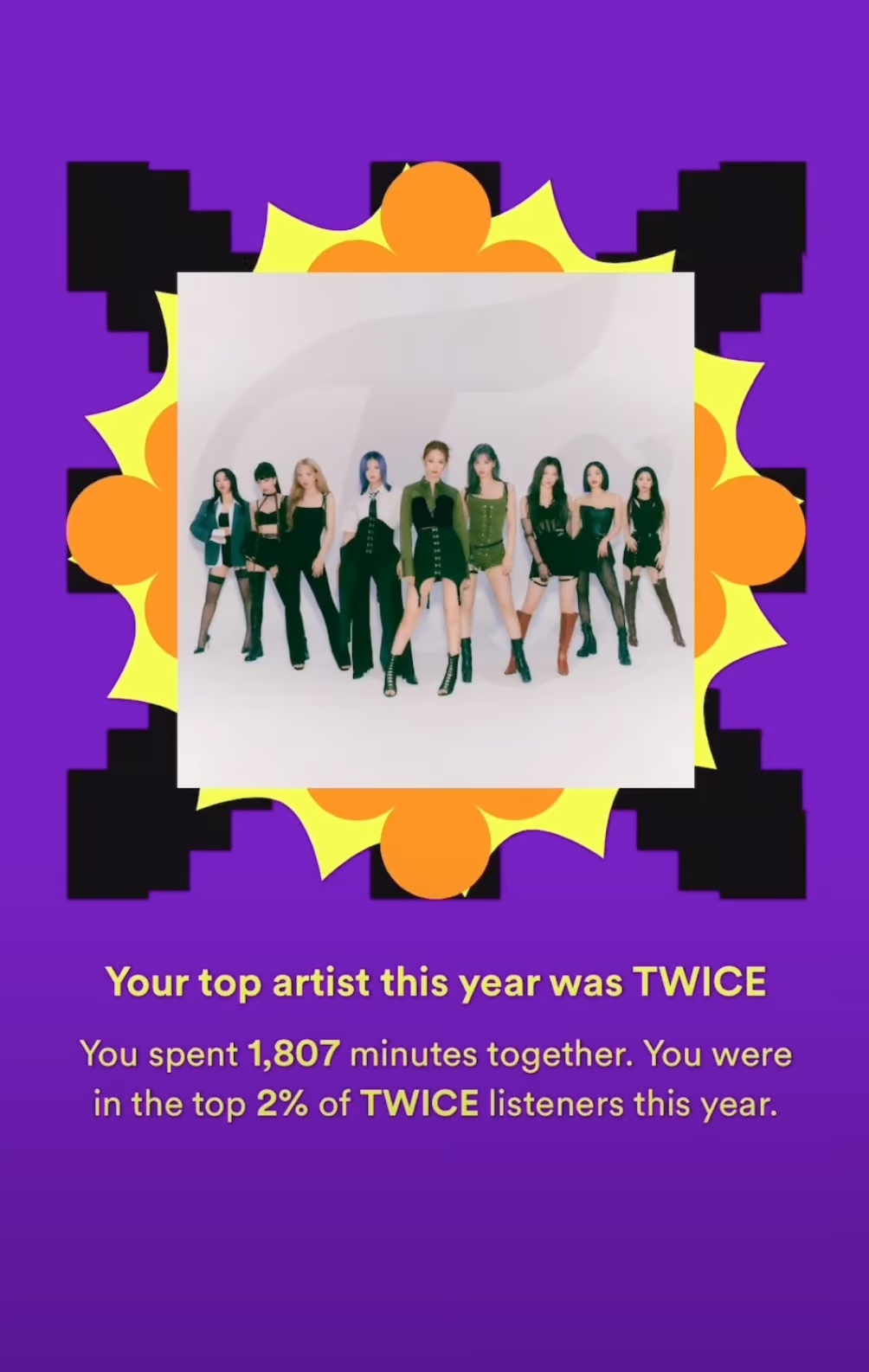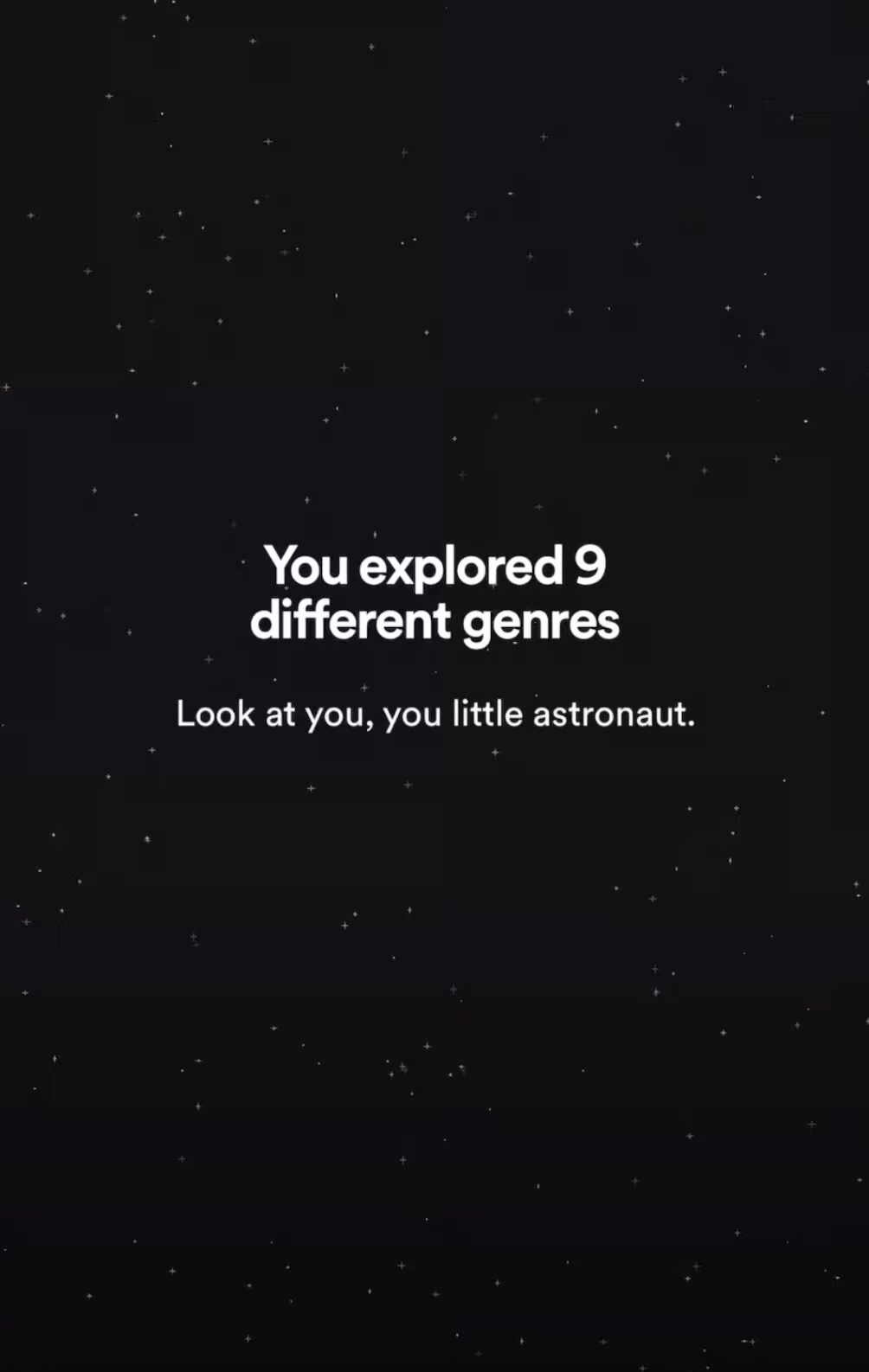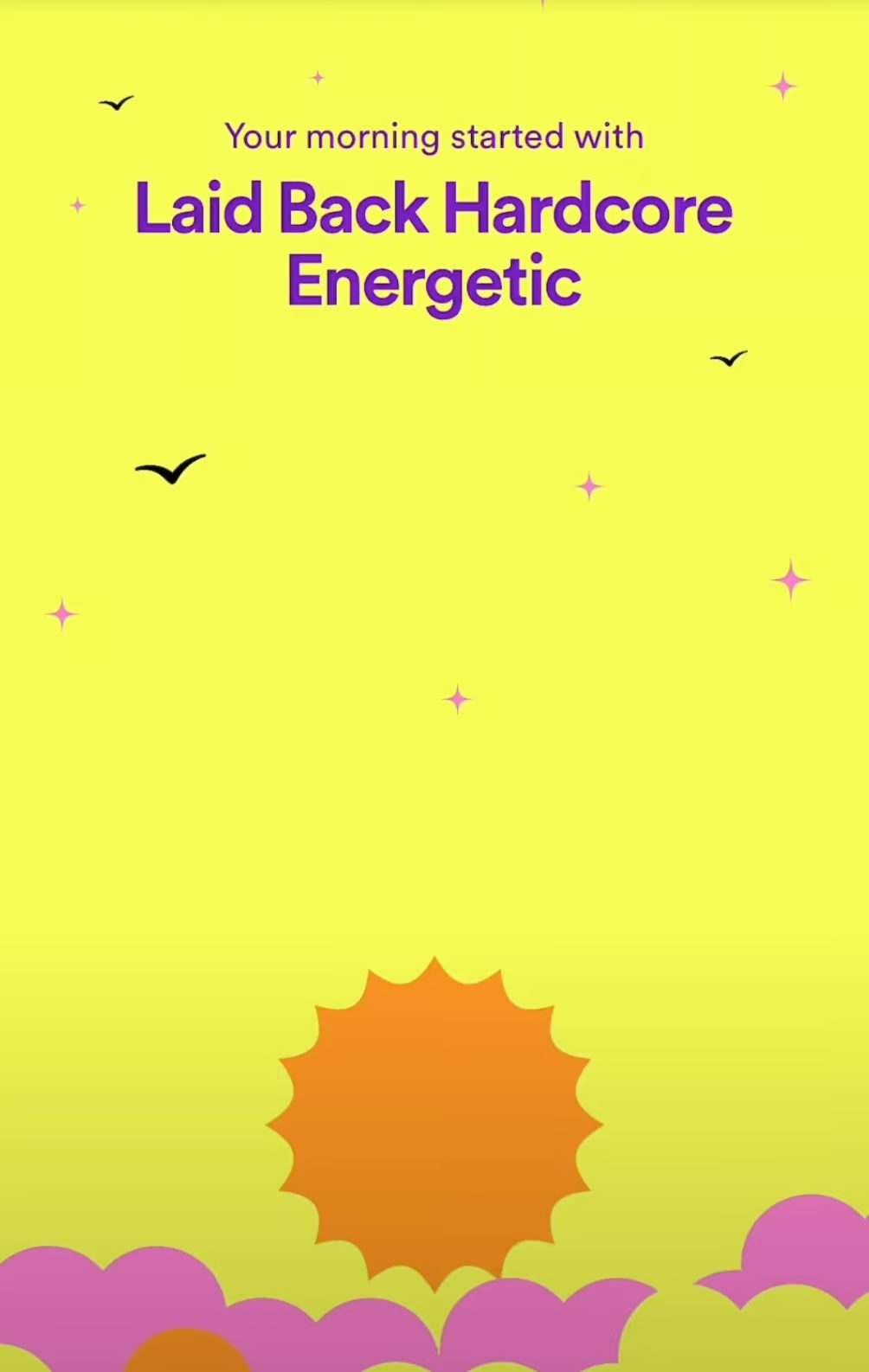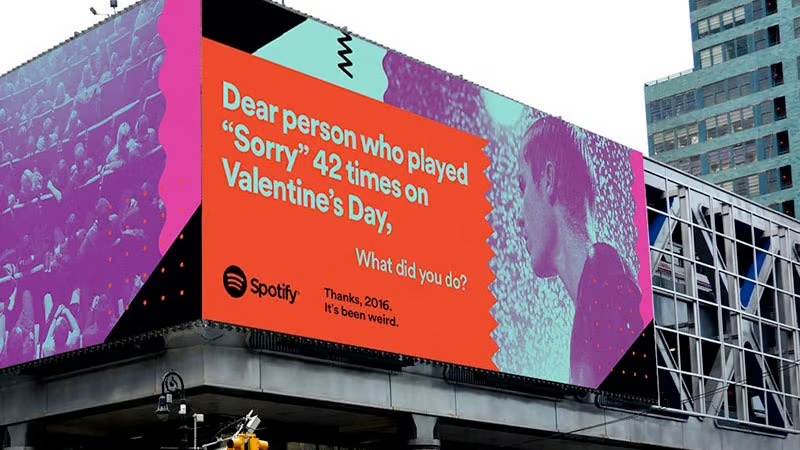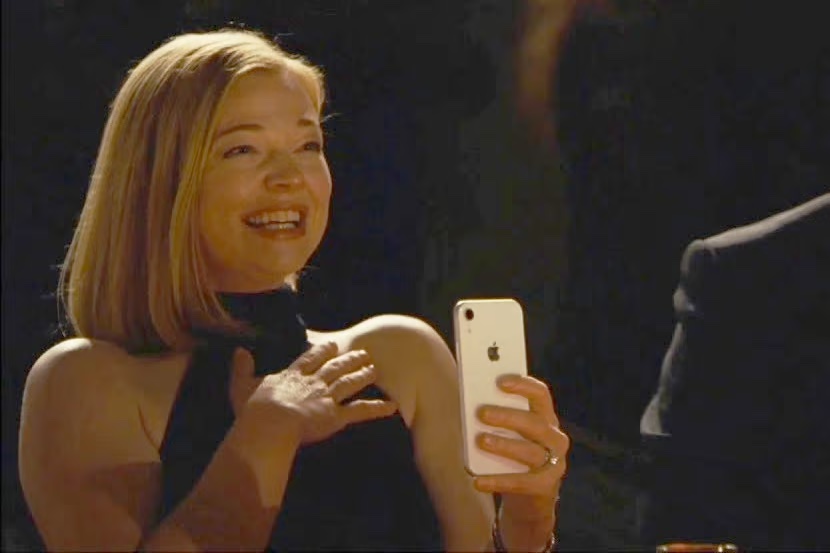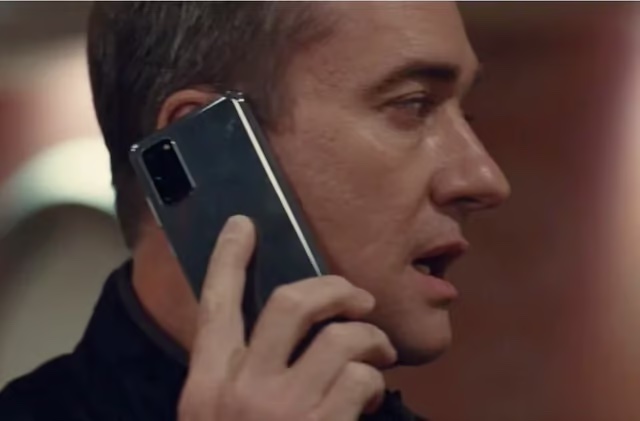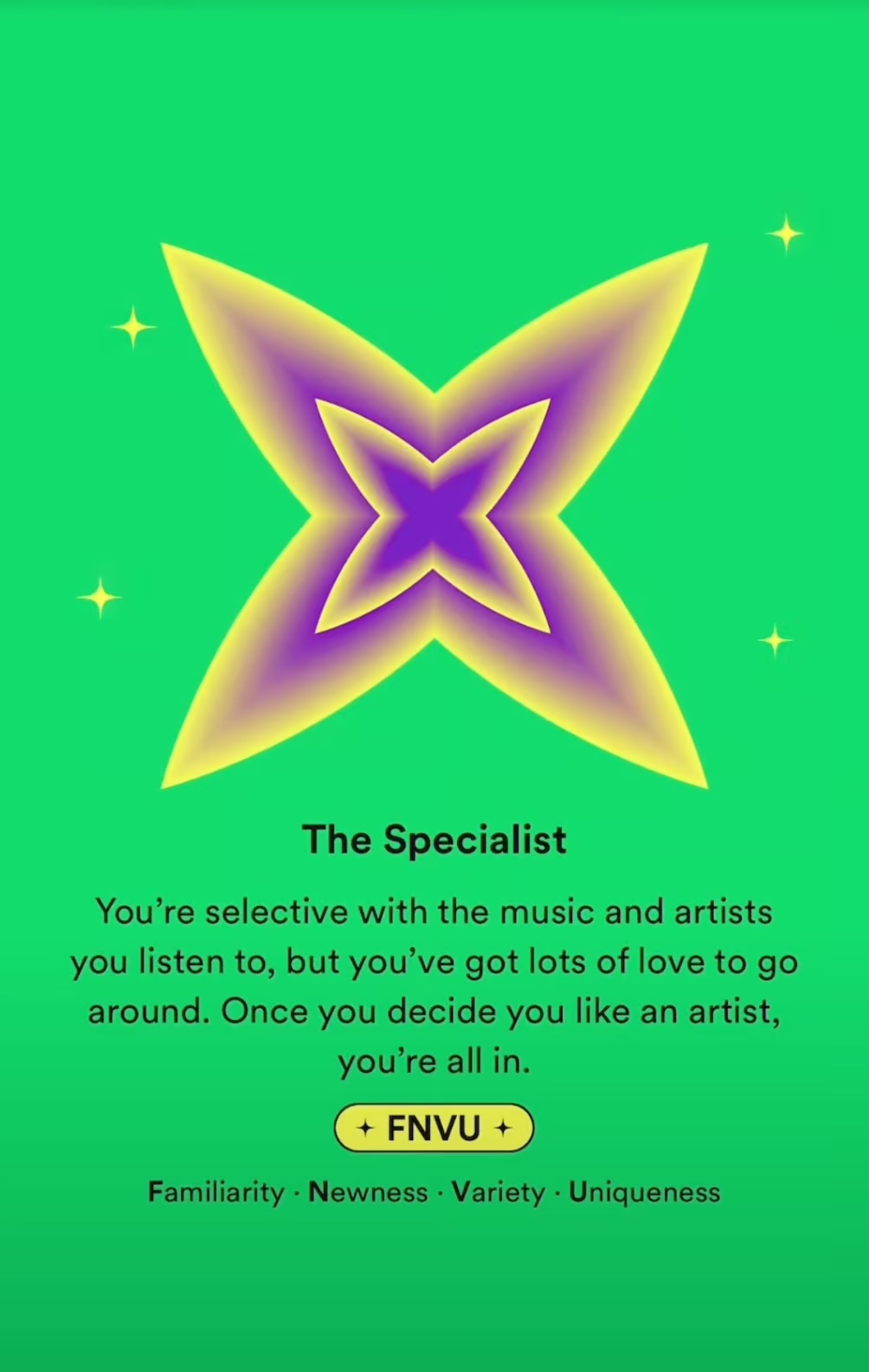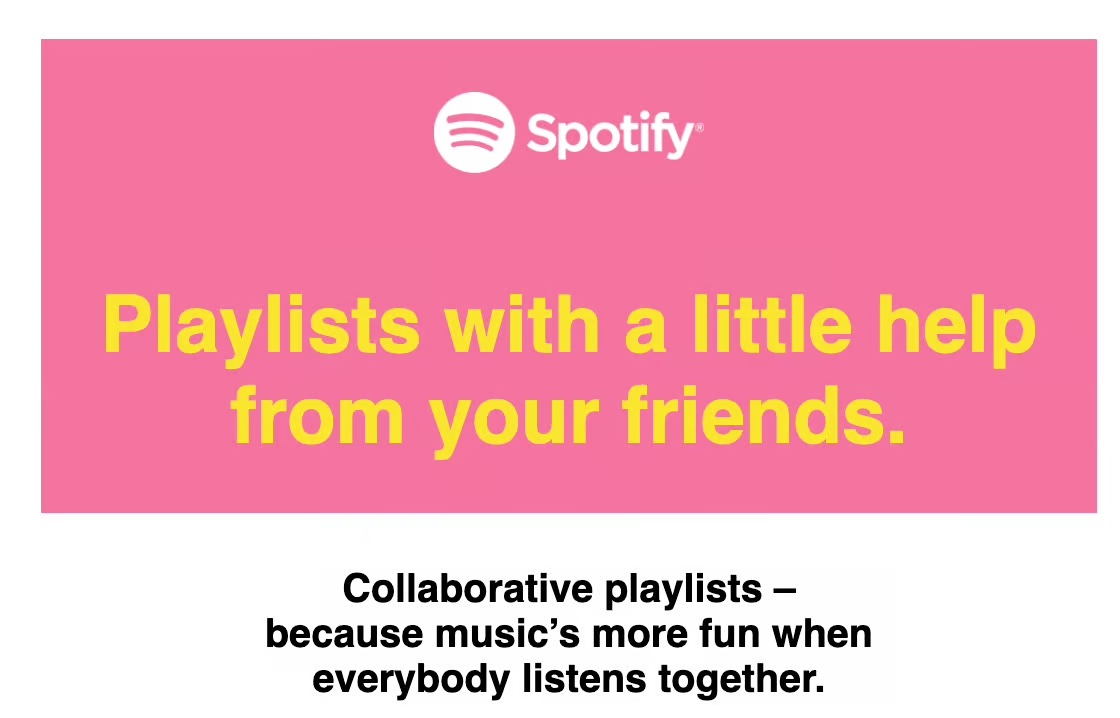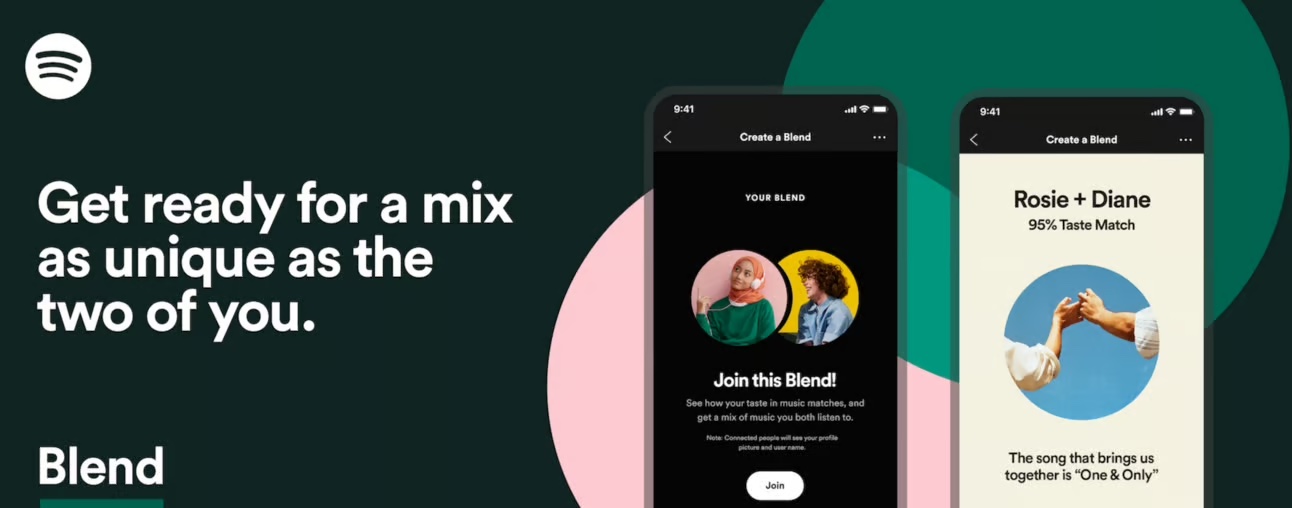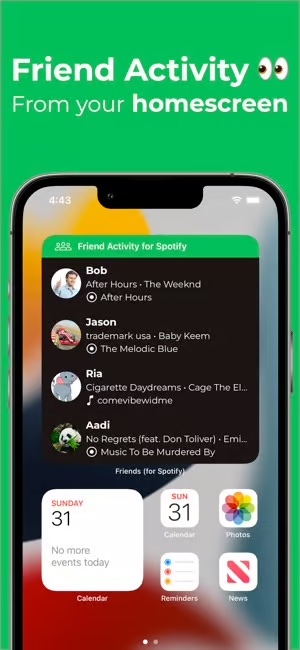Spotify, the Swedish music streaming service, has one of the most admired digital experiences in the world.
With more than 570 million monthly active users and an impressive 226 million paying subscribers, it’s an easy-to-use, fun, and effective platform.
But how did this streamer become one of the world’s biggest and most admired companies?
Unsurprisingly, it’s down to a bit of psychology and behavioral science — applied knowingly (or not) to Spotify’s customer experience…
1. Spotify Wrapped: The Gold-Standard in Personalized Marketing
Spotify’s annual Wrapped campaign is one of the most admired (and copied) marketing campaigns around, and for good reason.
It summarizes and ranks a customer’s annual Spotify usage (dubbed “your year in audio”).
Then Spotify pops that data into a beautiful animated presentation that users can easily share on social media.
(You can watch some videos of real Wrapped campaigns here: 2021 ; 2022)
Wrapped combines data with some powerful psychology principles to make it fascinating to customers:
🧠 The Cocktail Party Effect
The most obvious psychology principle at play is the Cocktail Party Effect, which says that we naturally pay more attention to personalized information.
The effect actually got its name because Colin Cherry, the British psychologist who coined the term, studied what happened when people overheard someone mention their name at a crowded 1960s cocktail party.
The participant’s ears perked up, and their brains were able to filter out unnecessary noise to listen in on what people were saying about them.
Spotify’s Wrapped campaign is all about personalization, using a medium that is also uniquely emotional - their musical taste.
🧠 Narrative Bias
Wrapped takes disparate information and weaves a personal story about each user, which people find fascinating because of something called Narrative BIas.
Narrative Bias describes our tendency to make sense of the world through stories.
Our brains have to process a lot of information, so to make it easier to understand and remember, we tend to create stories.
And when a brand like Spotify knits together a story about our listening behavior that makes us seem interesting and unique, we really want to share it.
🧠 Signalling Behavior
Signaling describes behavior that conveys something about ourselves to others - whether that’s actually true or not.
For example, we might choose an iPhone over a Samsung because we - consciously or unconsciously - want to signal that we’re creative, innovative, and rich.
The popular show Succession even used phone brands to signal who was considered “in” or “outside” the trusted inner circle.
Members of the Roy family were always shown with iPhones, while Tom - an outsider often teased for his Midwestern roots - used a Samsung:
But how does Spotify Wrapped use Signaling?
When users get their personalized video, they’re encouraged to share it on social.
And if they feel like their Wrapped makes them look good to others or send a message about their personal identity that they want others to see, they’re much more likely to share.
Last year, Spotify even assigned Myers-Briggs style personalities to each user based on their musical activity:
2. The Social Side of Music
One thing that Spotify has consistently nailed is understanding and enabling the social power of music.
Whether that’s allowing folks to “like” songs and artists, to share their playlists and activity, or even make collaborative playlists, Spotify realized that music’s power is in its ability to connect us to other people.
🧠 Endowment Effect: Collaborative Playlists
The Endowment Effect says that when we own, or intend to own something, we feel more emotionally bonded to that thing.
And the IKEA Effect, which is a sub-type of the Endowment Effect, says that when we create something, we value it more highly.
Both of those effects come together in the Collaborative playlist feature.
Users feel even more emotionally attached to songs and to each other, when they work together to craft playlists.
🧠 AI-driven Personalized “Blends”
Spotify will even create an AI-driven personalized “blend” of two or more people’s musical tastes to encourage co-listening and shared playlists.
This feature also leverages the Endowment and IKEA Effects to make users feel more connected to their friends through music (and therefore through Spotify).
🧠 The Friend Feed: Social Norms & Connection
Social norms are those unwritten laws that every community has that seem to be baked into our DNA and dictate what is acceptable or unacceptable behavior.
And for many folks, the music that their social groups listen to is dictated (in part) by social norms.
A death metal lover probably isn’t hanging out with too many K-pop fans…
Obviously, there’s no reason why they couldn’t be best friends, but studies have found that the musical genres we prefer are even related to how we process information and understand the world around us.
When you see what your friends and acquaintances are listening to, you can find shared interests and something to further bond over.
If you want to apply these principles like Spotify has, ask yourself:
Turning data into stories: Every brand in the world has tried to capture Spotify’s lightning in a bottle when it comes to Wrapped. But how does your brand use personal data in an interesting (and ethical) way? Can your users’ data help bring them closer to their friends and family?
Your product’s social side: What role does your brand or product play in people’s friendships and social lives? How can you encourage them to use your product in a more shared, social way?
Want to learn more about how your buyers tick (using marketing psychology, behavioral science, and predictive AI)?
👉 When you’re ready, Choice Hacking can help:
- Coaching: Looking for clarity, focus, and confidence in your marketing and/or career? Behavioral Science-powered 1-on-1 Coaching could be a good match for you.
- Courses & Skill Sessions: Improve your customer experience, customer journey maps, presentations, landing page conversion rate, and more with the power of applied behavioral science in a self-directed course.
- Training: We can help your team level up their work with psychology, behavioral science, and AI training.
- Consulting: Get professional insight to grow your business with projects like:

